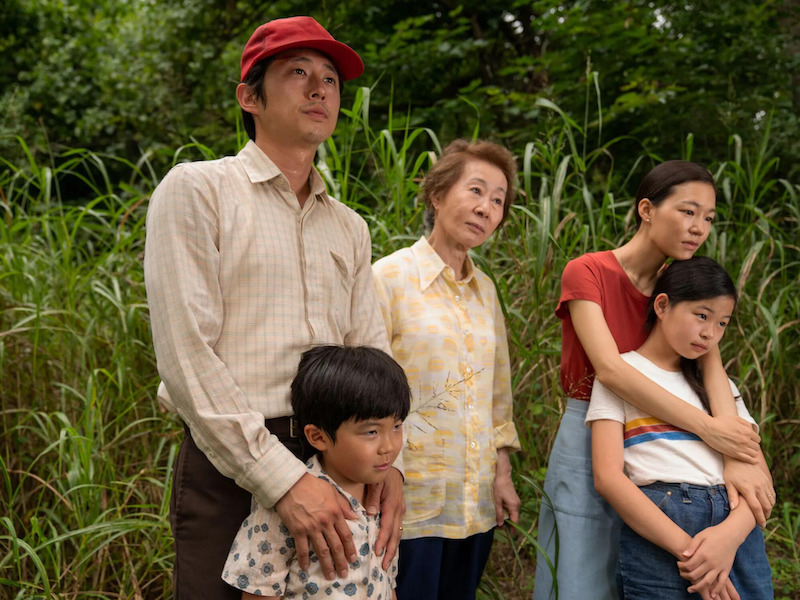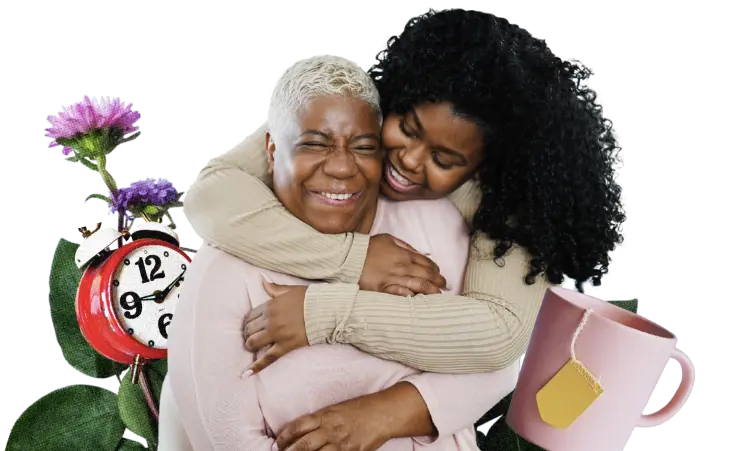
Care isn’t fair. Black caregivers report 2.4 financial impacts as a result of providing care, substantially higher than their white caregiving counterparts. That’s a financial gap that feels like a systemic smash and grab.
Stories can help show us what’s broken, and drive the demand to fix it.
- Language barriers – Hernando is a non-native English speaker and is finding it difficult to fully understand what benefits are available for his long-term care since much of the information is not translated. The system has made him lost in translation. Literally.
- Institutional bias – Ignacia discovers that a white peer of her son was granted more support at school via his Individualized Education Plan (IEP), even though her son Ian, who is Black, has the same diagnosis and similar needs. This mom is not giving up without a fight.
- Disparities in access – Jerome and Kayla live in a rural community where there are few agencies providing long-term aging care in homes. It’s truly no country for old men… or older women, or older non-binary people.
- Lack of protections – Laleh has supported dozens of families for over 30 years as a care worker. She’s paid taxes and saved what little of her income she could. But her immigration status means she can’t access Social Security benefits, putting retirement a bit too far out of reach. Which is terrible because she’s got a National Geographic-worthy bucket list.
AN INTERSECTIONAL LENS
Certain groups of people face greater challenges related to care because of their identities. The inequitable system in the U.S. means that care has a greater impact on those who are often the least-resourced in society, especially in Black, Indigenous, and People of Color communities, immigrants, and low-paid families. Stakes. Drama. Done!
A quick note: scenarios described here are generalized from information that Caring Across Generations has collected through focus groups, polling, and other research. They are generalized scenarios and are not any one individual’s story, and they are not meant to be comprehensive of all experiences having to do with care. This resource is intended to illuminate new storytelling opportunities that also contribute to a more authentic and holistic representation of care on screen.
